The Australian women’s pages show just how far gender equality has come
The first editors of The Australian were determined to take women seriously. You can detect their goodwill in the ‘letter for readers’ published on the day the newspaper made its debut in 1964. But they hit a hurdle – early, and hard.
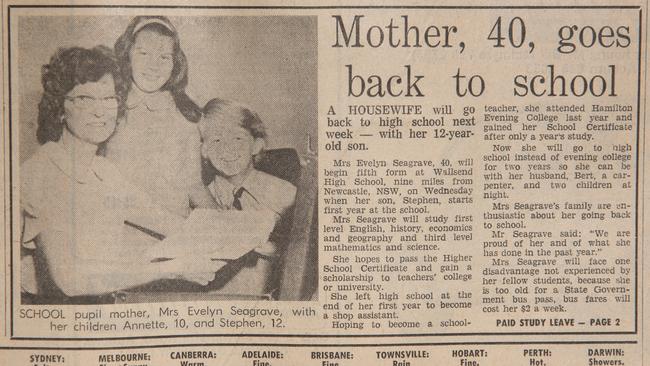
The first editors of The Australian were determined to take women seriously. You can detect their goodwill in the “letter for readers” published on the day the newspaper made its debut in 1964.
“We believe the people of Australia (note, people not men) will welcome this new approach to national journalism,” the editors said. “We believe we shall make thousands of friends who, as the thinking men and women of Australia, will have a profound influence on the future.”
Those editors and their staff, which included several women, were looking forward to telling the whole story of Australia, men and women both.
They hit a hurdle, early and hard.
There were hardly any women in politics in 1964. Hardly any in business, either. There were some women in sport: turn to those pages and you’ll find Dawn Fraser. But you can go for hours in the archives, where the old newspaper files stand two-feet tall, in peeling leather-bound volumes, without seeing a female face in the news page.
When women do start to appear … well, there are plenty of head-desk moments.
Did we really refer to Dame Leonie Kramer as the “prettiest professor” in Australia? We did.
But you know the best thing about looking back? You can see what’s to come. You know, as you read through the articles about babies and briefcases, Dalkon Shields and forced adoptions, and the desperate search by many a mother during the summer of 1987 for a Cabbage Patch doll, that our first female CEOs are on their way.
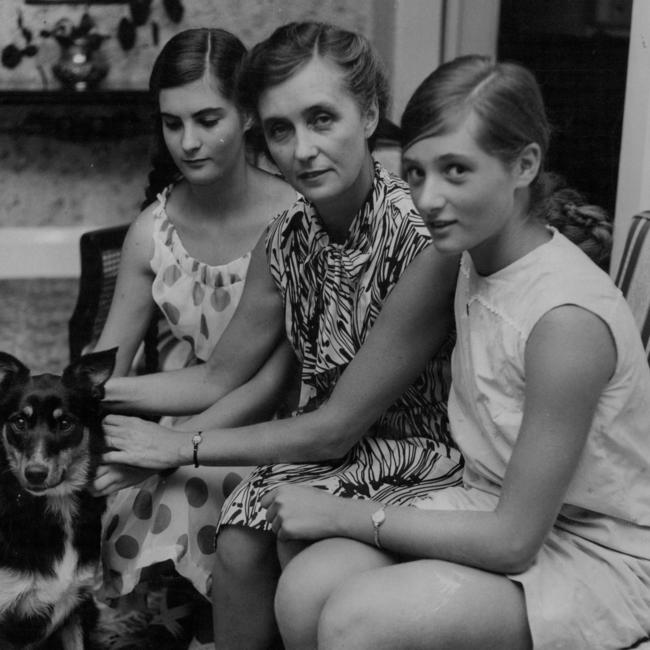
Female pilots. They’re coming.
Women are going to sit on the High Court.
There will be a first female Governor-General, and a first woman Prime Minister.
So, let’s go down the rabbit hole. Yes, there will be some bumps on the road as women begin to take up space in the national daily, but it is, in the end, a good news story.
A proud story, even.
Do women still have a way to go? They do. But look at whence they’ve come:
The 1960s
The Australian launches, and one of the very first editions features a picture of a girl in a swimsuit riding a penny farthing. It’s not entirely clear why she’s there. Nearby, on a page “mainly for women”, there are recipes, including for beef tournedos (makes you want one, doesn’t it?) and there’s a report on a competition for housewives hurling rolling pins.
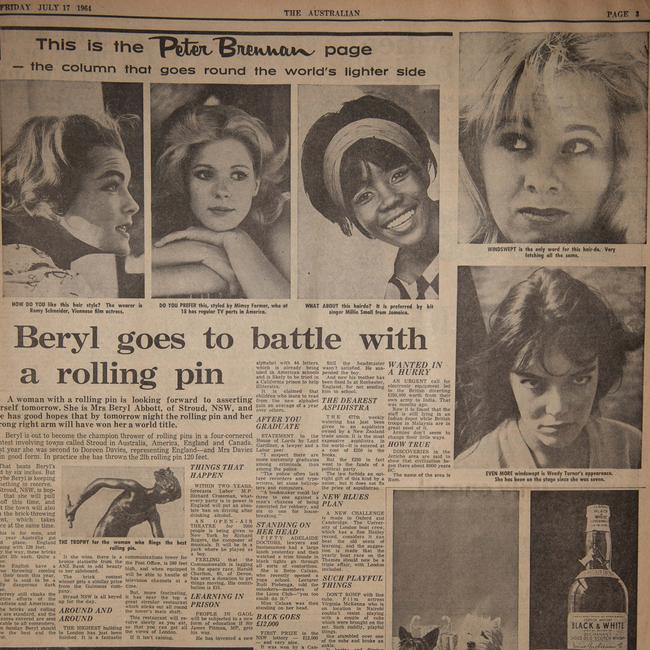
But the serious social issues are getting a work-out, too. Many of the early editions feature a column by Miss Myra Roper, who read English at Cambridge. She is tasked with answering reader questions on the subject of education. You can tell immediately what side she’s on: she’s for women and girls.
Example: “Miss Roper, is it a waste of time for girls to stay at school to sit the Leaving?”
Oh no, she says. Girls should be encouraged to finish high school.
“Miss Roper, I am a married woman in my early 40s, intelligent, I think, but only half educated. I’m sure I’m still able to learn … wouldn’t it be a good idea to have courses, full or part time, for people like me?”
Oh yes, Miss Roper replies, that would be an excellent idea!
What about mothers, though? “Should mothers go to work? What are the repercussions of her work on husband and children?”
Miss Roper replies: “Most people believe that a good mother stays home with her family, and if her children seem to survive her taking a job it is certainly good luck.” Yet there is no “solid evidence” to back this, and reports from Australia and the UK suggest that “many of our unquestioned ideas about the families of working mothers will have to be revised … it would seem that they do not produce noticeably more delinquent, truant or backward children than average.”
So that’s good news!
A few pages on, we find Miss Australia, off to a pageant in Miami with a stuffed koala mascot in her purse. Then comes a picture of a Playboy bunny serving drinks at a club in Melbourne. She has bent silk ears on her head.
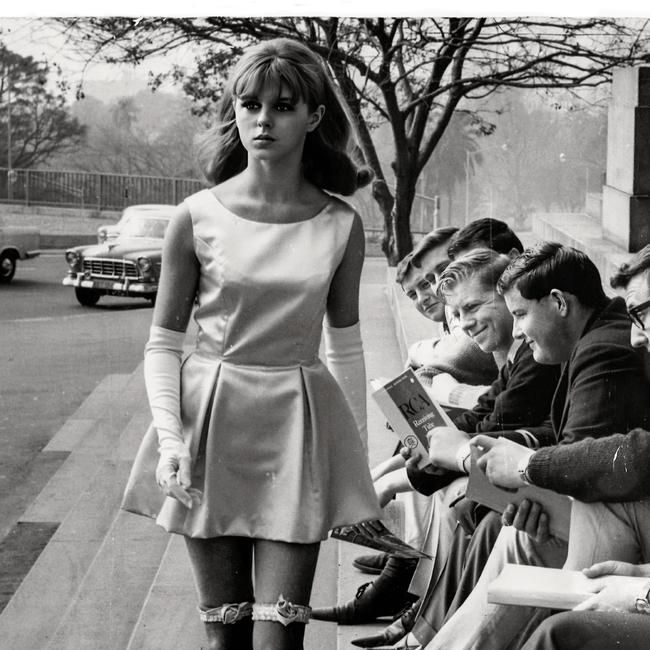
Keep moving through the archives, and you’ll find a feature on secretaries, which begins like this: “What is a secretary? A pretty girl who spends most of her time between 9am and 5pm sitting on the boss’s knee?”
You’ll be relieved to hear the answer was a great big NO.
Next comes an interview with the first female mayor of Port Adelaide, Mrs Anna Moir Rennie, who doesn’t believe that a woman “should be tied to the home”. She thinks that “a job where the wife brings in another income can be successfully combined with the running of a house and raising a family”. She also says it was her husband, whom she met when she was 14, who encouraged her to enter public life.
Meanwhile, on the fashion pages, knees are back in fashion.
Just months after the paper launches there’s a big feature on the Pill: is it reliable, is it safe, is its use a deadly sin? (Spoiler alert: again, no.)
As the decade rolls on, features on women in business begin to appear. It was awful to read the one about Florence Broadhurst, who is described in the paper as the managing director of a fleet of trucks, a portrait painter and a talented wallpaper designer, able to employ five people in her own factory in Paddington.
The author of that piece could not know, as we do, that the mighty Florence – one of the most accomplished fabric artists in the world – would be beaten to death at that factory in 1977.
The killer has never been found.
There are more women in the fashion pages, which tend to be international in outlook. Toward the middle of 1964, we find “a big breakthrough for Negro girls” with the designer Emilio Pucci using two as models in a collection “inspired by Africa”.
“Beauty is beauty,” he says.
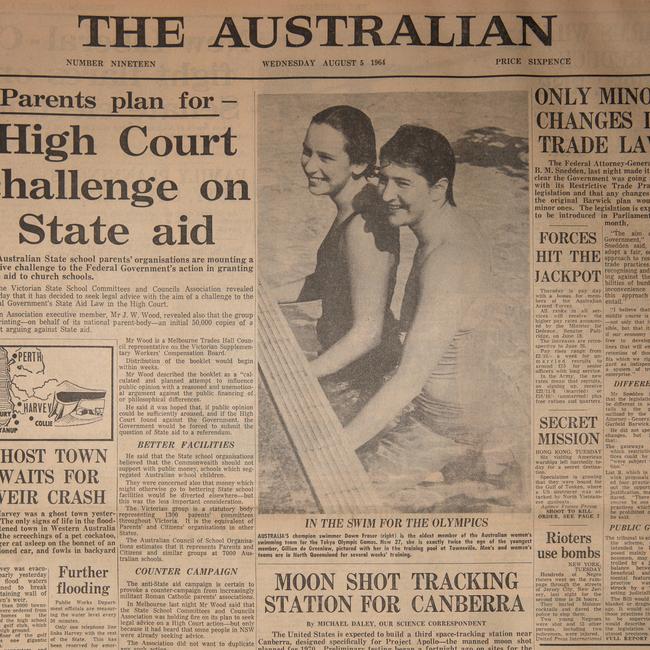
There’s a “Domestic Diary” edited by Jean Edmonds, who says that housewives can start the day a little less frazzled by putting sandwiches in the freezer the day before they’re needed for a morning lunchbox (and why didn’t I ever think of that?). There is an article about the new uniforms for Ansett “air hostesses” in which concern is expressed about the impact of the new, shorter flight time between Sydney and Melbourne on the “[hostesses’] high matrimonial rate … how can the traveller get to know a hostess when it only takes 65 minutes?”
Obituaries for women are rare, but there is a big one for the capable and generous Mrs Grace Munro MBE, who was a fine horsewoman, a good shot, a founder of the Country Women’s Association, and a familiar sight on the streets of Sydney because her car had a big brass kookaburra on the bonnet.
It can be a little spooky at times, being able to see what readers of the day could not: in mid-1964, there’s a front page story on “our Dawnie” – Dawn Fraser – heading to the Tokyo Olympics. We know that she is soon to be banned from competition swimming for 10 years for alleged misbehaviour at the Games.
A few weeks later, there’s the first appearance of a young Lucinda Hughes, in an article about her mother, who is the wife of Liberal MP Tom Hughes. Readers discover that little Lucinda is at school at the convent in Kincoppal, in Sydney’s eastern suburbs. She likes to ride her horse in Centennial Park, she’s learning to skate and ski, and she’s happiest in “jodhpurs and next to nothing in summer.”
And what do we know that readers did not?
That little Lucinda will grow up to become the first female Lord Mayor of Sydney. And she’s the future Lucy Turnbull – her husband, Malcolm, will become Prime Minister.
1970s
This is the decade of tumult and change, of Germaine Greer’s The Female Eunuch, no-fault divorce, and the single mother’s pension. In 1974, Australian Open women’s champion Evonne Goolagong makes the front page. She’s described as “Australia’s most likable lady”. Readers are also told she beat Chris Evert, who is apparently consoled by the fact that her fiancé, Jimmy Connors, has won the men’s title.
As the months go by, readers will again and again be introduced to women who want to do it their way: they will learn of the engagement of a “Channel Seven weathergirl” Miss Michelle Downes to the motor racing driver Peter Brock. She already on the front foot, liberation wise, saying: “He’s got his career and I have mine … He doesn’t interfere with my career.”
She would later leave Brock, saying he beat her repeatedly.
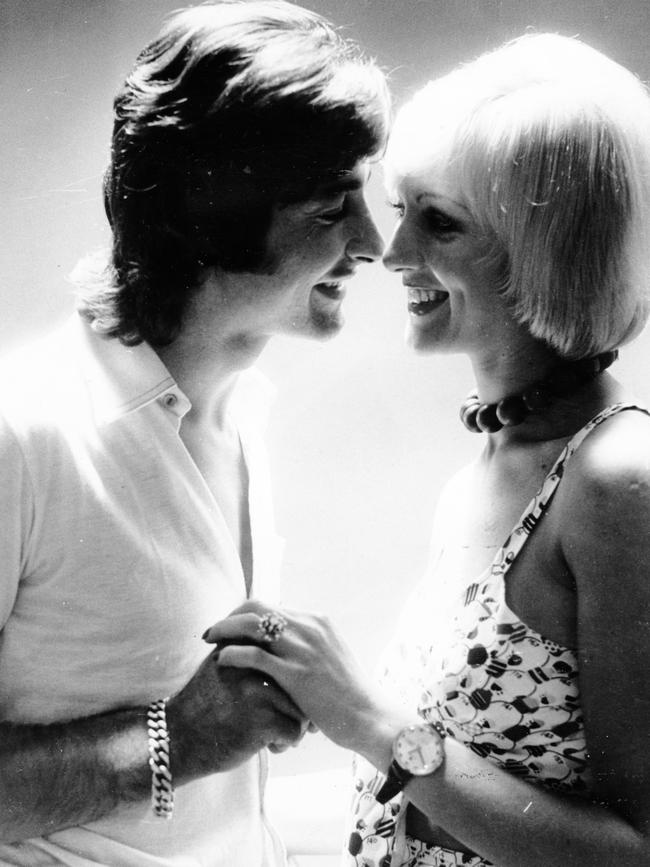
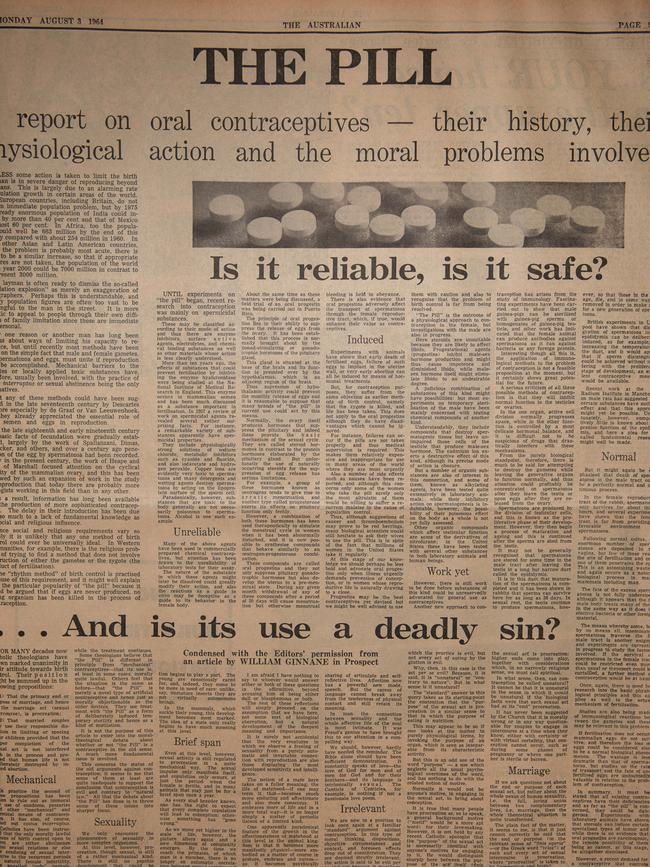
There is a feature on “the emancipation of women in Chinese society” and another on Mrs Dorothy Gulson, who runs, of all things, a windmill company, which does most of its business in the United States of America. There’s a picture story on a newspaper photographer, Sarah Webb Barrell, who’s passing through Australia on her way from Cambodia. She complains about “the groping arms of the correspondents covering the war … at times I felt like running to the enemy for protection.” She’s described as “29, single, and proud of it”.
There’s also an interview with Mrs Margaret Whitlam, explaining why she has, rather controversially, accepted a paid job, while being unofficial First Lady. “I’ve been subjugating myself for almost an entire year. I’ve had no permanent job – no remuneration – and I just find it more stimulating to have a job,” she says. “I think it’s very important for a woman of my age with as few personal responsibilities as I have to spend her time more efficiently … your visit as Prime Minister’s wife so often entails nothing but saying ‘How do you do’ to 500 people.”
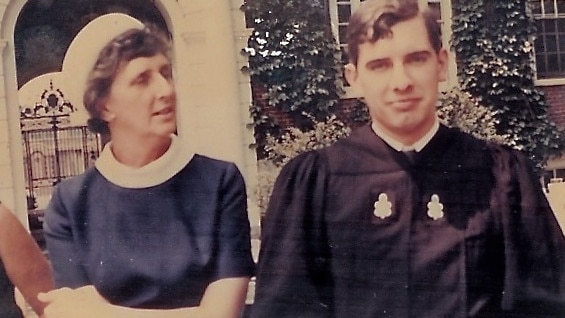
Mrs Narelle Kellner tells readers that her “tomboy aggression” helped her become a chess champion. Women players are “too timid”, she says. “Boys are encouraged to take the initiative while girls are brought up to be passive and quiet.” Kellner died from what appeared to be a self-inflicted bullet wound and burns, during a house fire in 1987; her husband, John, had died about a week earlier, from a bullet wound to the back of his head. The Coroner recorded an open verdict.
A few volumes on in the archives, there is a large report on the kind of crime that still frightens women: the abduction and murder of a young mother, Virginia Morse (one of the vile killers only recently died in prison).
Debate continues on the new “Family Law bill” that will revolutionise divorce. There is a feature on the “new women” of Kuwait, who want the vote but not polygamy; and Whitlam’s Women’s Advisor, Ms Elizabeth Reid, says she is off to the UN for a forum on women’s education.
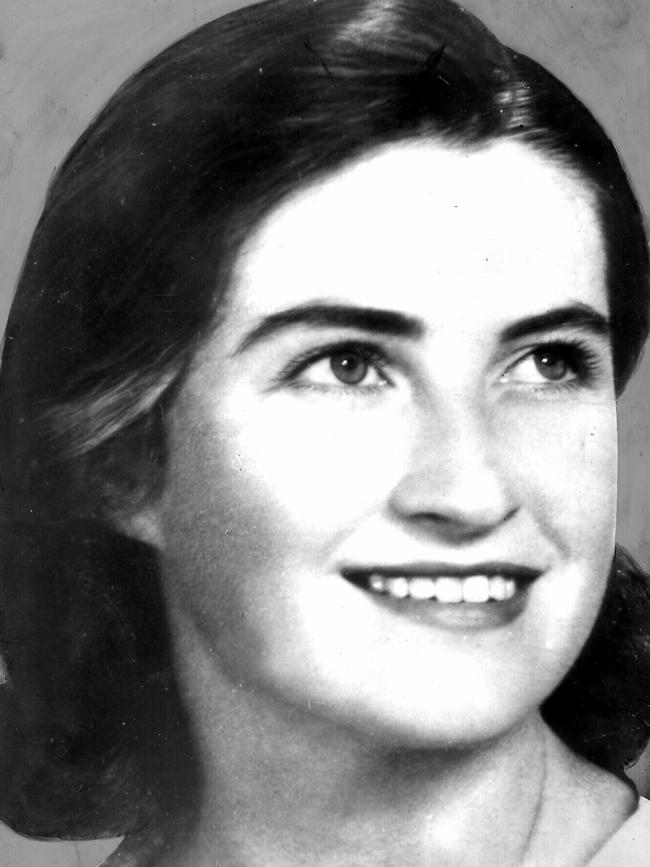
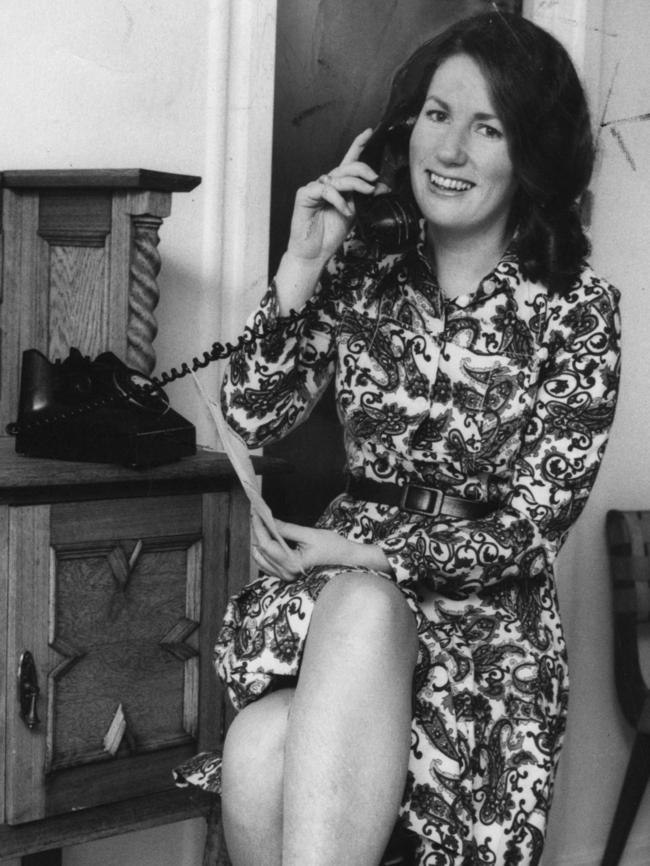
Meanwhile, in Queensland, a secondary school teacher is complaining that girls are being taught “cooking and sewing”. What good can it do them, she wonders? “Women are needed and wish to be in the workforce,” says Miss Carmen Smith. “Boys at school are encouraged to be outgoing and vital while girls are told to walk around and be quiet and retiring.”
Then, when Prince Charles arrives for a state visit, we are told that the “girls are out to charm him.”
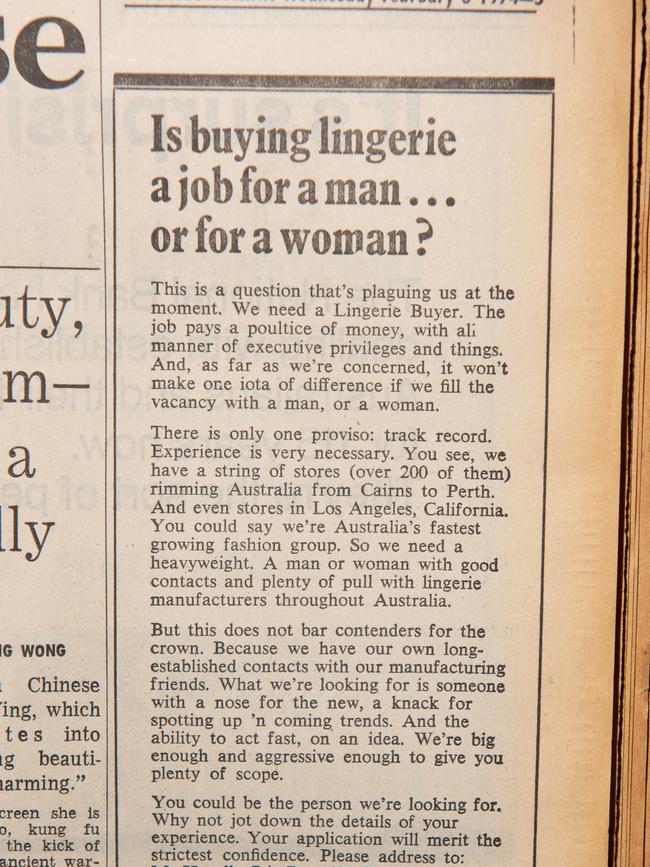
Kate Heery, who is president of the Air Hostesses Association of Australia, goes to court to argue that women should be allowed to work as Qantas hosties until the age of 50 (the newspaper jokes that if her case succeeds, travellers will be “lavished with the loving care that only a grandmother can give!”)
A little further on, there is a story lamenting the demise of the “classic tea lady” due to machines like Café Press, and then we have Dame Leonie Kramer being described as the “prettiest professor in Australia”. She held, at the time, the position of Professor of Australian Literature at the University of Sydney (she was the first female Professor of English in Australia); she had edited the Oxford History of Australian Literature and would in time become chancellor of the University of Sydney, a director of Western Mining, and chair of the ABC.
But again, we know what the readers of the day can’t.
Take the article about Joan Pilone, who in 1974 has just missed out on pre-selection for a Liberal Party seat. “I don’t know what to do now,” she says, in frustration. At the age of 50, she’s held senior executive positions at Travelodge, but wants to serve in the parliament. The Liberal Party told her she needed experience, so she became an alderman on her local council.
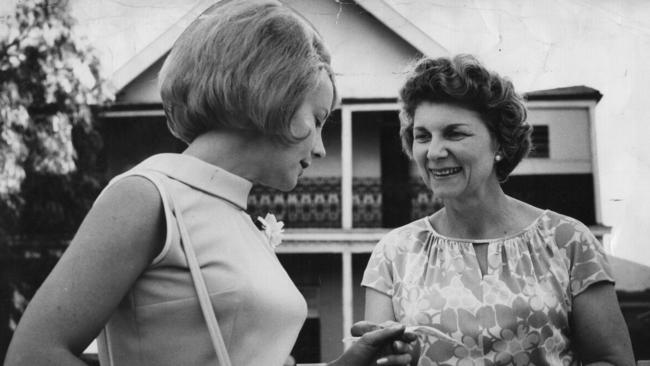
“They said there’s no evidence that electors will vote for a woman and I proved that not true by being elected twice to the North Sydney council and I’ve been eight years on the Sydney City Council,” she says. “They say to me, ‘We’d love to have women in the parliament but they won’t stand’. So I stood … [but] you still don’t get the chance to contest a winnable seat.”
But wait … who did get pre-selected in that seat? A local solicitor named John Howard.
1980s
Diets! My goodness, weren’t there a lot of diets in the 1980s (and how nice to see Ozempic coming in 2023, to cut their lunch, as it were.) There are “warnings on jobs for girls”, which is to say that the Federal government is being urged to create more of them, because “there is evidence that some girls who are unemployed for a few years get pregnant not because they want to get the supporting mother’s benefits but because they want to do something worthwhile … what will happen to those girls and their babies is anyone’s guess”.
The Family Law Act has been in operation almost a decade, and Margaret Rush, of Ivanhoe, believes that it is “destroying the institution of the family … far from protecting family life, in the first three years alone of the Act’s operation, 178,000 children were made subject of access and custody decisions.”
Meanwhile, Plainly Jane – the column by the great Jane Fraser, with her puns – has arrived to put a twist in the tail of every witty column.
The news pages are filled with events of the day – Kim Hughes is to be dropped from the Test team; a judge has been appointed to hear an appeal by the mother of Azaria Chamberlain – but on the new Australian Woman page, it’s all about “The Struggle to Borrow Money”.
“Getting a loan depends on one’s ability to repay the money,” we are told, and “there are still money lenders who believe women will be distracted from their debts.”
Yet Susie Foster’s investigation finds that women are “better payers” and urges them to “present themselves professionally” when dealing with their bank manager, who will almost certainly be male.
Margaret Thatcher is, in the meantime, Prime Minister of the United Kingdom.
In the months to come, Australian Woman will have “a job-hunter’s guide to looking great – easy on the mascara, and even easier on the bright red lips” – and a feature on women making successes of themselves in the computer industry.
There will be a picture story on Miss World 1972 winner Belinda Singleton (née Green) talking about her skin care routine, while golf’s “glamour girl” Jan Stephenson will “hide her figure in a jumpsuit” that makes her look like “an off-duty pilot”.
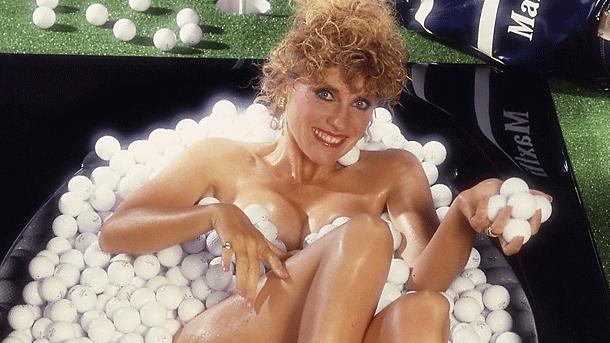
There’s a fun story on a Liberal MP in Queensland, Rosemary Kyburz, who is married but chooses not to live with her husband, Robert Akers, saying: “I choose to maintain myself, and my home. I see my role very much as a breadwinner.”
We also find what may well be the green shoots of the men’s rights movement, with an article in which a former teacher, Alan Grimsley, says: “Most men have been conditioned to see women as sex objects, and it’s very hard for us to relate to women without there being a sexual element involved”.
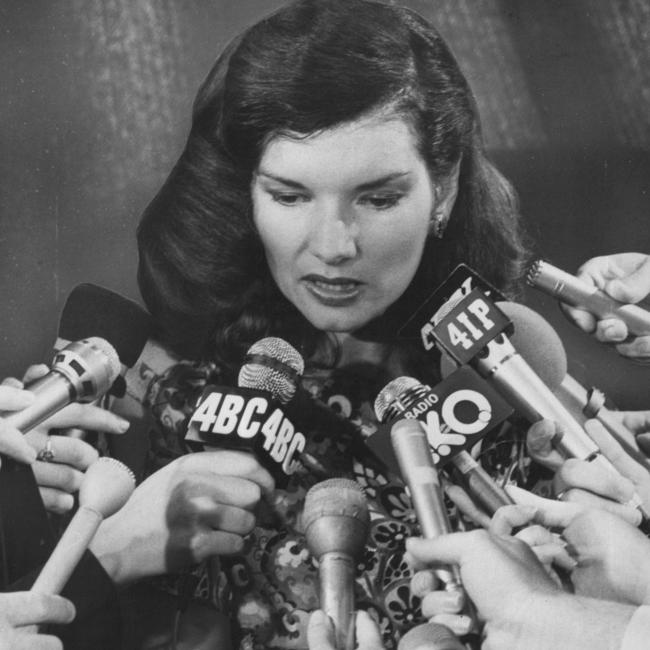
As soon as girls start asserting themselves, he says, “the boys feel completely threatened”.
Toward the end of the decade, journalist Sonia Humphrey pens a piece about women “rocking the boat, and the cradle … Not before time, women are beginning to play a role in Australian politics, outside the bedroom, and apart from the ballot box”.
Meaning, they are seeking office.
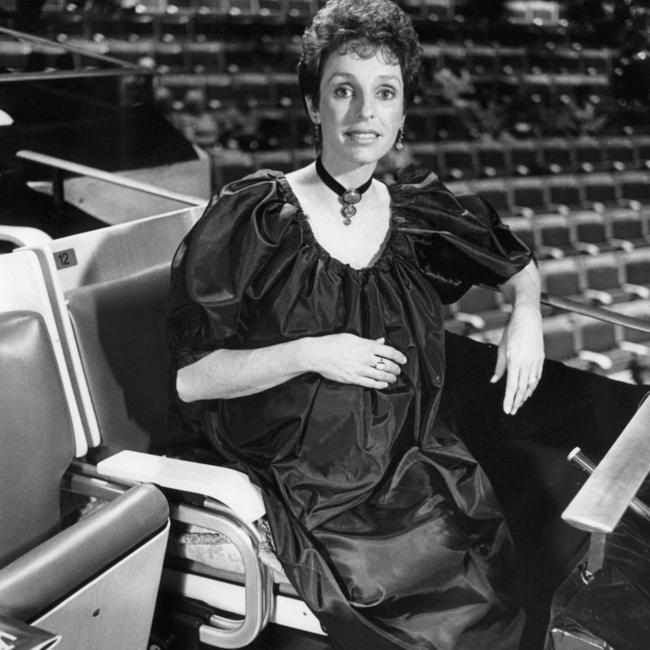
There are only 10 women senators among 54 men at the time, and just three women in the House of Representatives, compared to 122 men. Humphrey talks to politicians including Susan Ryan, who encourages women to take jobs outside the clerical pool; to Dame Margaret Guilfoyle, a Cabinet minister who says she’s used to being called The Iron Butterfly; and to Ros Kelly, who says: “I think the biggest difficulty for women when they become politicians is that they don’t lose any of the other jobs. You’re still a wife, you’re still a mother, you’re still a shopper and a housekeeper, still trying to keep the family together.”
Then you’ve got sport. Olympic athletes appear in the pages in all their glory. But there’s no mention of the freckle-faced tyro Pauline Menczer, who in 1988 won the World Amateur Surfing Championships for women. She had no sponsor (“I wasn’t blonde and I didn’t have big boobs,” she would later say, so her Mum scratched the money together, to enable her to go.)
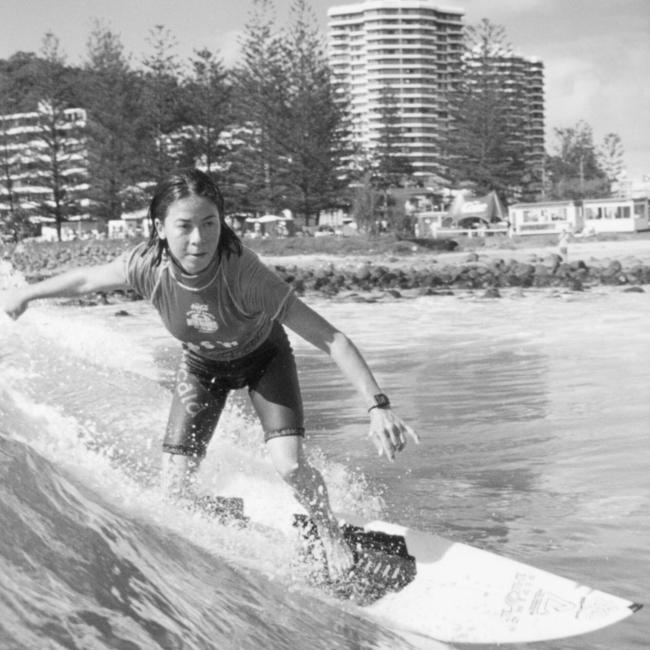
But again, we know what she then couldn’t: that Australia will one day add her name to the Surfing Hall of Fame; that a campaign will be launched to get a bronze statue of her surfing in Bondi; and that women’s sport will rise with her.
But hang on.
Nobody wants to watch women’s sport, do they? Remember being told that? Well, nobody other than the 80,000 people who turned up to cheer for the Matildas in the Women’s World Cup semi-final against England in August 2023.
That whole team made the front page.
More Coverage
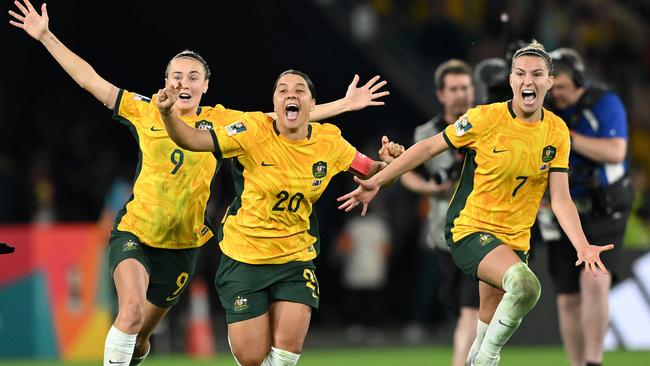


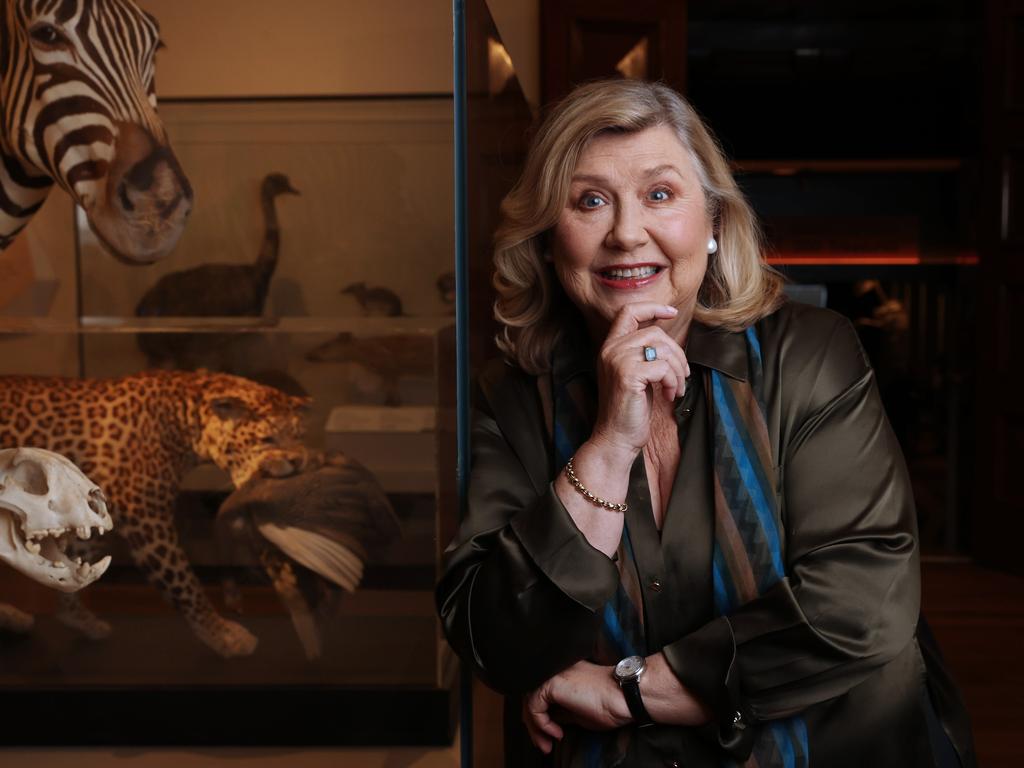
To join the conversation, please log in. Don't have an account? Register
Join the conversation, you are commenting as Logout